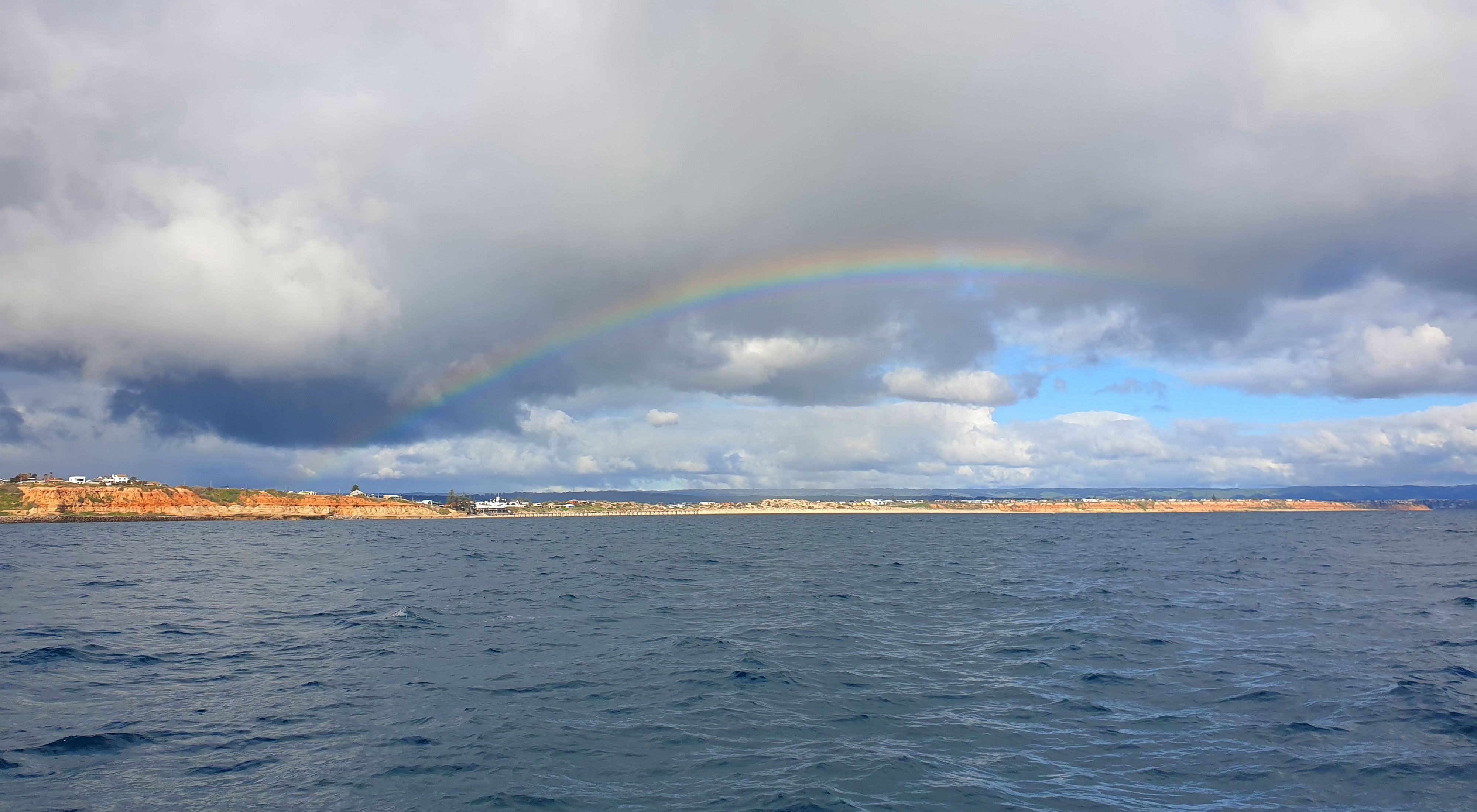Media Contacts
-
Vanessa Billy
Communications Manager
The Nature Conservancy Australia
Phone: 0478 638 180
Email: vanessa.billy@tnc.org
O’Sullivan Beach has been chosen as the location for Adelaide’s second metropolitan native shellfish reef, Minister for Environment and Water David Speirs confirmed today.
Construction of the native shellfish reef will be within a five hectare outer boundary, about 500 metres off O’Sullivan Beach, and is expected to begin in late 2021.
The Onkaparinga shellfish reef restoration project is a partnership between The Nature Conservancy Australia (TNC), the Australian Government, the South Australian Department for Environment and Water and City of Onkaparinga.
“Shellfish reefs are part of South Australia’s natural heritage and were once common along our coastlines,” said Dr Fiona Valesini, “however, from the late 1800s to mid-1900s the reefs suffered from the impact of overfishing, dredging, water pollution and disease. By restoring shellfish reefs along South Australia’s beautiful coastline, we are bringing back a native ecosystem which will support biodiversity in our ocean.”
Federal Minister for Environment Sussan Ley said the new shellfish reef will boost local tourism, grow fish stocks and improve water quality.
“The new shellfish reef off the coast of O’Sullivan Beach will be more than twice the size of Adelaide Oval and will be constructed using a limestone reef base, with hatchery-raised Australian Flat Oysters to create a flourishing marine environment,” Minister Ley said.
South Australian Minister for Environment and Water David Speirs said O’Sullivan Beach was chosen as the next metro shellfish reef site as it offers suitable environmental conditions with good opportunities for colonisation of marine species from the nearby rocky reefs.
“We have already seen the success of other shellfish reefs across the state and the new one at O’Sullivan Beach will benefit the local community, natural environment and provide an economic boost through increased tourism opportunities.
Dr Fiona Valesini said shellfish reefs provide homes for many marine species and boost fish stocks.
“Oysters are also like the kidneys of our oceans, with each one filtering around 100 litres of water a day. This helps improve local water conditions which supports the return of other habitats like seagrass,” Dr. Valesini said.
City of Onkaparinga Mayor Erin Thompson said the O'Sullivan Beach reef is a big win for the community.
“Our community’s unwavering support for a shellfish reef in Onkaparinga played a key role in bringing it to O’Sullivan Beach, and it will be a fantastic addition to Onkaparinga’s iconic 31-kilometre coastline,” she said.
“This is a project about ensuring our region's natural environment thrives, and I'm also excited about the recreational benefits and job opportunities associated with the reef.
“A huge thank you to Federal Environment Minister Sussan Ley and The Nature Conservancy, and to South Australia’s Minister for Environment and Water, David Speirs, for his support in getting this over the line.”
The Onkaparinga Shellfish Reef is one of 13 sites identified for reef restoration under Reef Builder, a partnership between the Australian Government and The Nature Conservancy Australia, to bring shellfish reefs back from the brink of extinction and support the economic recovery of communities impacted by bushfires and COVID-19 restrictions. This project is part of The Nature Conservancy’s larger national shellfish restoration program that aims to rebuild 60 shellfish reef ecosystems across Australia. If achieved, Australia will be the first nation in the world to have recovered a critically endangered marine ecosystem.
The Nature Conservancy is a global conservation organisation dedicated to conserving the lands and waters on which all life depends. Guided by science, we focus on getting things done efficiently and with the greatest positive impact for conservation. We’re a trusted organisation working in more than 70 countries and territories around the world on innovative solutions to our world’s toughest challenges so that nature and people can thrive together. To learn more about The Nature Conservancy in Australia, follow us on Facebook.
